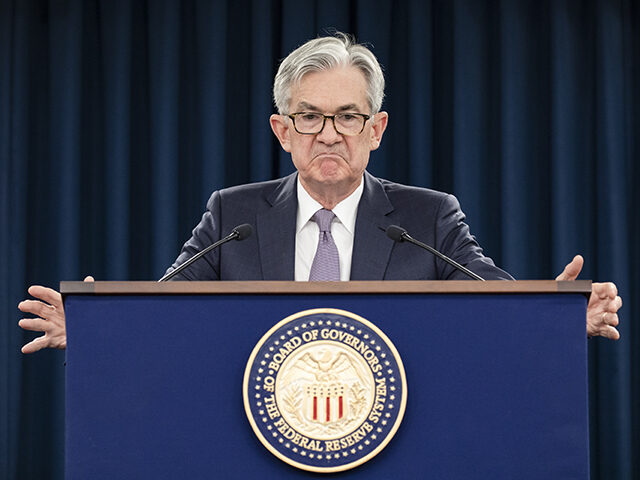The Fed Fights Back
The Federal Reserve delivered a shock on Wednesday by announcing that it does not anticipate cutting rates until it gets more confident that inflation is moving toward two percent.
“The Committee does not expect it will be appropriate to reduce the target range until it has gained greater confidence that inflation is moving sustainably toward 2 percent,” the Fed said in a statement released at the conclusion of its two-day monetary policy meeting.
While many anticipated that Fed chairman Jerome Powell would use his press conference to push back against the expectation for a March cut, the inclusion of the new language was not expected.
At his press conference, Powell said that “almost every participant” in the Fed meeting agrees that it will become appropriate to cut rates. But he added that the Fed needs more data to become more confident that inflation really is sustainably on a path to two percent before they will be ready to pull the trigger.
It should not escape notice that Powell did not say there was unanimity on the view that rate cuts were likely this year. He said almost all the Fed officials agree. This could indicate that at least one member of the Federal Open Market Committee does not think rates will come down this year.
Jolting December Job Openings
The Department of Labor released its Job Openings and Labor Turnover Survey (JOLTS) report on Tuesday. Openings came in higher than expected at 9.026 million for December and higher than the upwardly revised 8.925 million openings in November.
The JOLTS report is more current than it seems at first glance. While the latest is officially a December figure, it is based on openings as of the last business day of December. So it is really a measure of the demand for labor going into January.
So we entered January with more openings than expected. What’s more, this was the second sequential monthly increase in openings. This was also the second consecutive month with the prior month revised higher. The preliminary estimate for November had been 8.790 million openings. October’s figure was revised up last month from 8.733 million to 8.852 million.
The trend in openings since the peak of 12.027 million in March of 2022 had been downward. While the decline has been bumpy, it has only reversed for two consecutive months one other time, in November and December of 2022. That was followed by a sharp upswing in the consumer price index in January, where month-to-month inflation (as measured by the consumer price index) rose from a rate of 0.13 percent to 0.51 percent.
It is unlikely that we will see a similar surge in inflation for January. There was a big inventory build at the end of last year, which helped push gross domestic product higher, and that supply growth is likely to keep prices tame in January. The Cleveland Fed’s inflation nowcast sees just a 0.18 percent rise in January. last year, the nowcast correctly predicted the spike.
The real risk from the two-month trend of rising openings is a re-tightening of the labor market. An important measure of labor market tightness is the ratio of openings to unemployment, often called the vacancy ratio. The sixty-year average for this measure was about 0.6 percent. The high employment, pre-pandemic Trump boom had seen this rise to 1.2 percent, the highest since the late 1960s.
In the immediate post-pandemic period, the vacancy ratio was a better guide to tightness in the labor market than the unemployment rate. Many analysts think that the Fed’s attention to unemployment rather than the vacancy ratio was one of the reasons it underestimated the strength of inflationary pressures for so long in 2021 and 2022.
Indeed, many Fed economists assumed that the vacancy ratio would fall back toward historically normal levels. If any thought we would exceed the previous record of around 1.5 percent hit in the 1960s, they forgot to tell the rest of us about it. This assumption helped justify the Fed’s view that inflation would come down quickly.
What happened is that the vacancy shot up to two-to-one, the highest ever, and inflation soared to forty-year highs. Perhaps more importantly, the vacancy ratio did not return to anything close to the historical norm. The most recent JOLTS report shows that it rose for a second consecutive month.
This is at least an indicator that the risk of rising inflation remains much stronger than many market prices imply and that many investors assume. It is likely one reason the Fed thinks it needs more evidence that inflation is reliably coming down to its target before it can justify a rate cut.

COMMENTS
Please let us know if you're having issues with commenting.